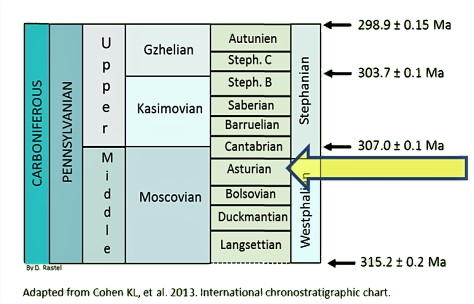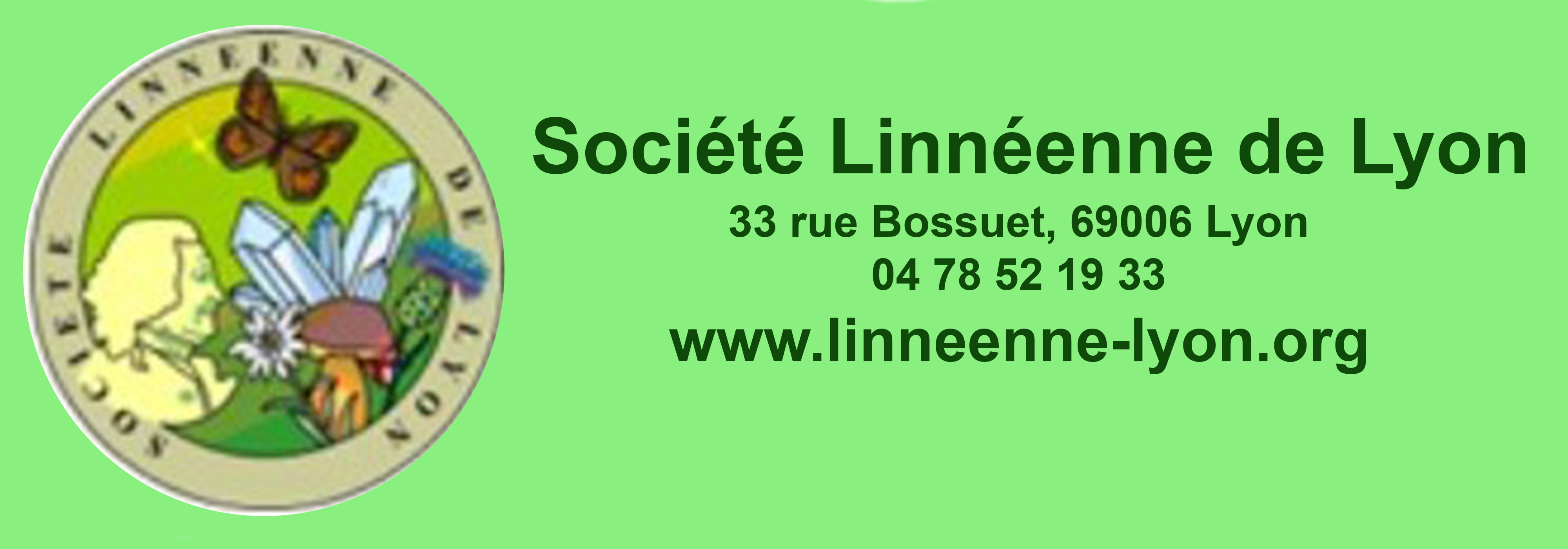|
The
site
Vaulnaveys-le-Bas
is a rural district of Isère, of 1243 inhabitants. Rebuilding
this former environment
Approximately
three hundred million years ago, Vaulnaveys-le-Bas was located near the
equator in the middle of a single supercontinent, The Pangea, which
comprised almost all the emerged lands. Two oceans bordered this
continent, the Tethys Ocean on the east and Panthalassa Ocean on the
west. The movement of two tectonic plates, one from the South and the
other from the North, caused the collision of two supercontinents which
created the Pangea. An enormous mountain range extending thousands of
kilometers in length and hundreds in width, rose up all along the
border where the collision occurred. This mountain-chain is called the
Hercynian Massif (otherwise known as the Variscan orogeny) and
Vaulnaveys-le-Bas would eventually be located inside, forming an
intramountain sedimentary basin. |

|
|
Akcnowledgments to : Mr
Jean-Marc Gauthier, Mayor of Vaulnaveys-le-Bas and his municipal team
who support our group. Mrs Marie-Pierre Davallet-Pin for her logistic
involvement in our projects.
Photographs and drawings : Photos
are from our team but for the village view from C.S.G. Communauté de
Communes du Sud Grenoblois 2011. The Town hall square drawing is from
Mrs France ROSSET.
Webmaster : Mr Pascal Goutte-Solard (
) |
Our portrait gallery Click here Do not miss on youtube, Creator and host of videos on palaeontology
To see Vaulnaveys-le-Bas, select : |
|
More extended all audiences documentation on paleontology of south Belledonne mountain range (in French) : - Vallois B. 2017. Vaulnaveys en pays Vizillois, un site remarquable du carbonifère (fascicule disponible sur le site de l’association culturelle de Vaulnaveys-le-Bas); - Vallois B, Bellesserre G. 2015. Fossiles
|











